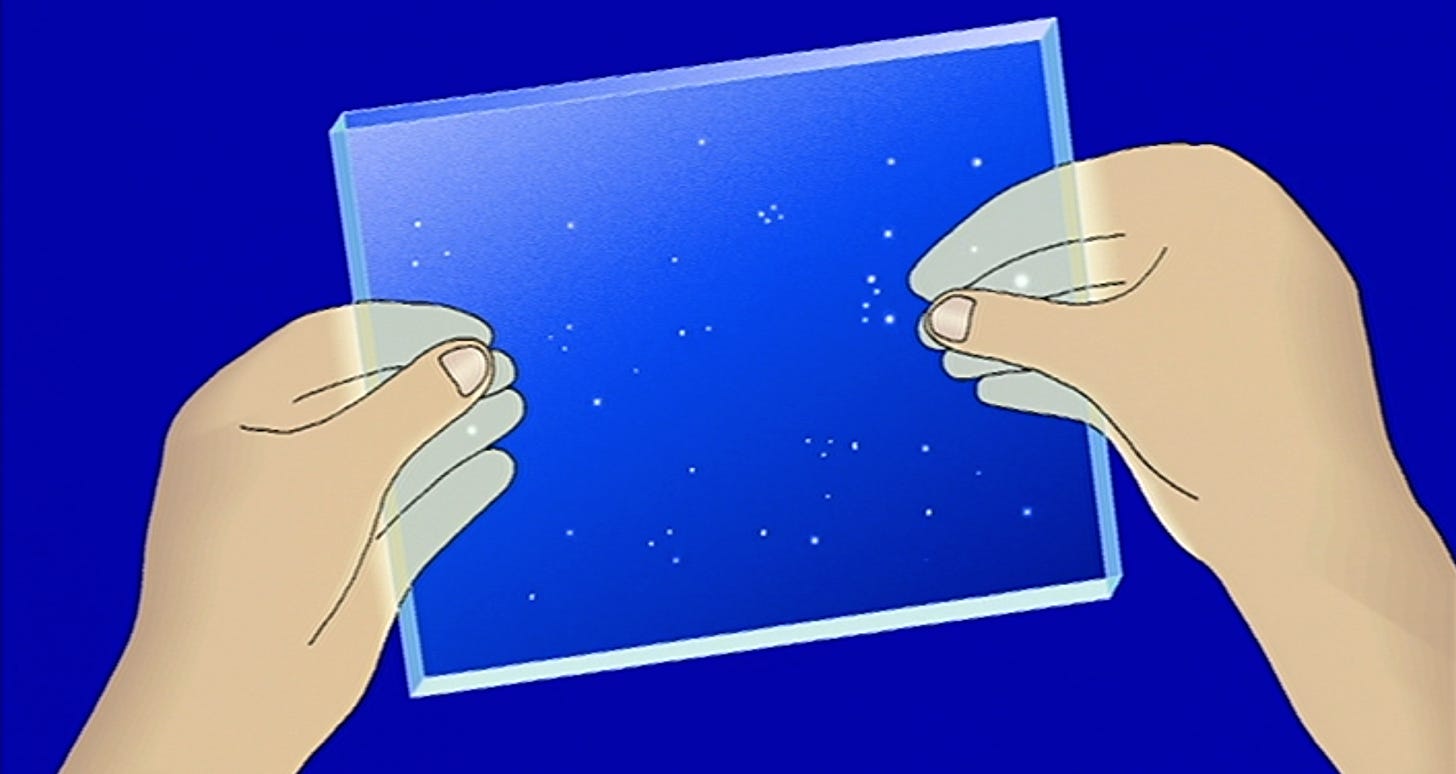Happy Thursday! Glad you could join us for another issue of the Animation Obsessive newsletter. Today, we’re talking about Ursa Minor Blue (1993) and the beginnings of digital animation.
In Japan, Shigeru Tamura (1949–) is an esteemed illustrator and kids’ book author, still busily at work in his 70s. He’s known for minimal, delicate, dreamy art — drawn in a style between ukiyo-e and ligne claire. Since the ‘80s, he’s done much of that art on computers.
Tamura was an early adopter. When many Japanese artists painted by hand, he was working with programs like Studio/8 and Illustrator on his Macintosh II. Computers were slow back then, but he accepted it. As he said in 1989:
... the color comes out closer to the original drawings. With current offset printing, the color tends to change. I like tighter control, and want the colors to be closer to my original drawings. Even if it takes longer, I’m willing to invest the extra time.1
He brought the same spirit to animation. When Tamura directed Ursa Minor Blue, it was a radical experiment: a film meant to capture the look of his art digitally — without cels. That’s what we’re exploring today. Let’s go!
Keep reading with a 7-day free trial
Subscribe to Animation Obsessive to keep reading this post and get 7 days of free access to the full post archives.



